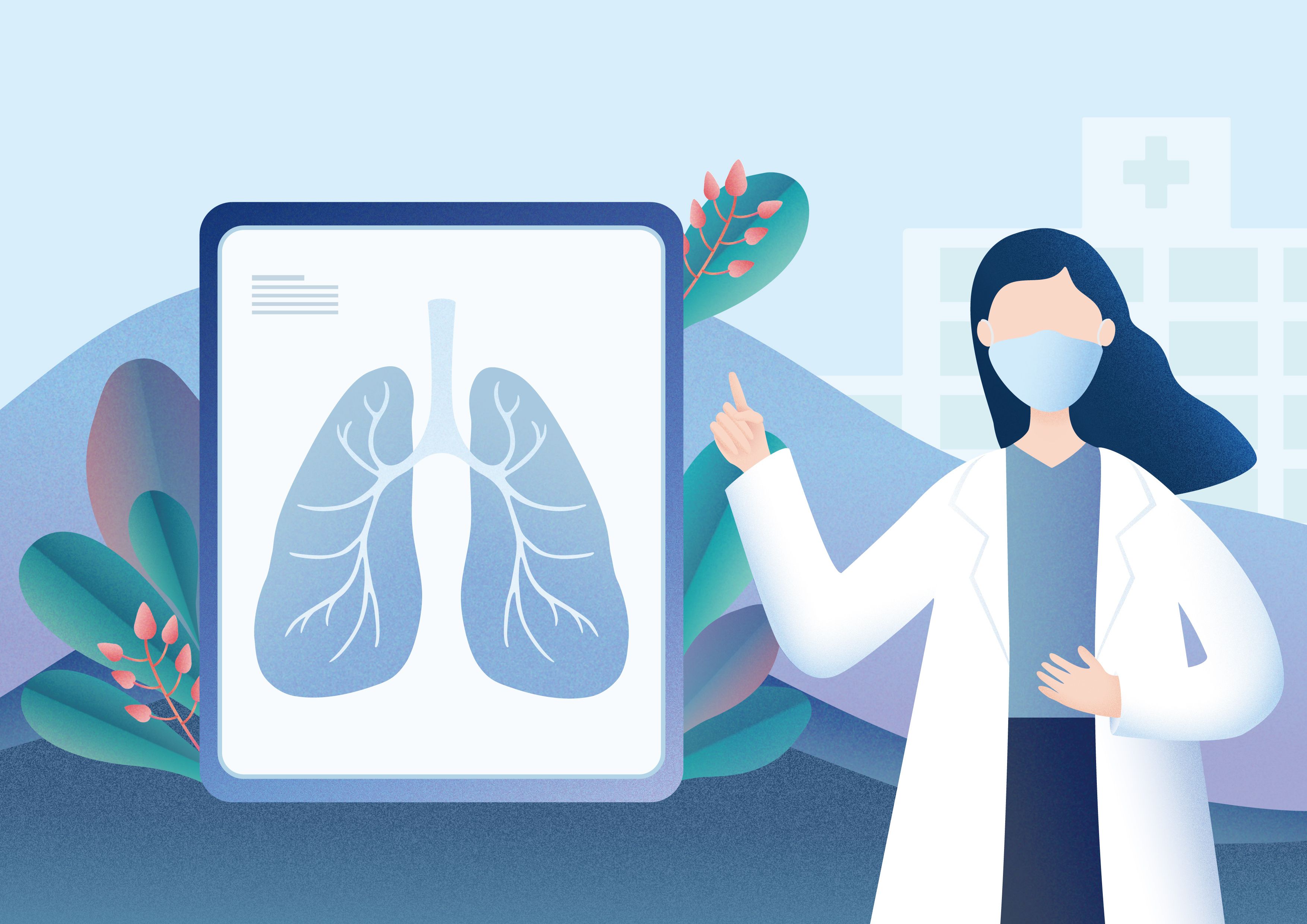Video
Varying Presentations of Patients With Lung Cancer
Transcript:
Philippa J. Cheetham, M.D.: Now, we have the advantage of having you to give us the latest and greatest subset information about lung cancer. When I was at medical school, I was taught that if a patient had a cough that lasted more than three months, if they coughed up blood, and obviously patients who may present with metastatic disease, may present with weight loss. But now we image people for so many different reasons, CT [computed tomography] scans of the abdomen, CT scans of the pelvis. We’re seeing the lower third of the lung when somebody has an abdominal CT scan for abdominal pain or any of the multitude of reasons why somebody might get imaged. And I’m sure lots of patients now are getting CT scans of the chest. How often does a patient actually present with symptoms like the classic descriptions that we read in the textbook from 20, 30 years ago versus complete incidental findings picked up on imaging for something else?
Edward S. Kim, M.D., FACP: I think it is very rare that somebody will present with a classic textbook symptom. A very common scenario we will see, and this of course is not a great model to use, is that somebody has a cough, as you say, and it doesn’t quite go away. And of course it will happen during flu season and that’s when everybody has a cough that lasts several months. And then it leads to imaging after several rounds of antibiotics, and then a chest X-ray, as you know, is not a very good way to catch anything. The chest X-ray will look OK, and then it will persist and then finally a CT scan is done.
I used to see more of that. I don’t see that as much anymore. It is really insidious on how these symptoms can occur, and very shocking. People underthink. They feel they’re healthy, that they just were under the weather. And then all of a sudden, they’re diagnosed with something like lung cancer. So it is a startling diagnosis. Any time somebody gets diagnosed with cancer it evokes a totally different feeling than if you have any other type of medical condition. I think that’s why you and I are in the field, because it does evoke that different emotion, and people feel a sense of helplessness and they want help.
Philippa J. Cheetham, M.D.: I do think there’s much more awareness now about different types of cancers and the prognosis. If people are watching the TV, I think many know that certain types of cancer, like pancreatic cancer and lung cancer, historically had a very bad outcome. And to patients when they, and nobody wants to hear the diagnosis of any cancer, but when a patient hears the word lung cancer, many know that that historically resulted in bad news, bad outcome. Is that still what patients fear today, that their disease may be difficult to treat and potentially more advanced than just having disease confined to the lung?
Edward S. Kim, M.D., FACP: I think people do feel that way. It is still a very fearful diagnosis, just as you say, pancreatic is one that is still very poorly looked upon. Lung cancer I think evokes a lot of fear. What is a little concerning about lung cancer is it’s not just the 70-year-old Caucasian male who’s been smoking his whole life. It is younger people now being diagnosed. Many more women are being diagnosed. And so it’s affecting people at a younger age, and I think they’re just not prepared for that. You shouldn’t be 40 years old and being diagnosed with stage 4 lung cancer.
Philippa J. Cheetham, M.D.: Do you think we are diagnosing more cancers now, or do you just think that we’re better at picking up cancers that were already there? Or is it a bit of both?
Edward S. Kim, M.D., FACP: I think it’s a bit of both. There are certain places that get accused of overtesting, and there are certain places accused of under-testing. I know patients even feel, some of them don’t want to have testing done. I’m personally not someone in my own self who wants to have a lot of tests done. But I will be happy to do it for folks who want to, who come and see me. So I think it’s just philosophical differences. But there is certainly more testing out there, there’s certainly more awareness, and I think things like the internet have connected people throughout the world to talk about these things.
Philippa J. Cheetham, M.D.: Now we’ve talked about obviously the association of smoking and lung cancer. So the patient comes to see their primary care [physician] or you’re already a smoker and you have a cough that goes on, or whatever it may be. There’s almost a red flag for most doctors that smokers are at an increased risk of lung cancer. Does that mean that if you’re a nonsmoker and you have a chronic cough, that these patients are presenting later because that alarm bell has not gone off because there is not that association?
Edward S. Kim, M.D., FACP: I think that absolutely happens. If you’re an internist or a family medicine doctor and you have a 40-year-old female in your office who has never smoked and has a lingering cough or some other undercurrent illness, you don’t jump to a CT scan of the chest right away, or you don’t think cancer right away. And I think we need to retrain, reeducate our doctors that there should be suspicions of cancer. We know that there are many young people who can get cancers and it shouldn’t just be because you either feel a mass or measure an alpha-fetoprotein level or something.
Philippa J. Cheetham, M.D.: Sure. Now when we talk to patients about statistics and we say X number of thousand patients a year are diagnosed in the world and the United States with various cancers, it’s hard to understand that as an individual risk. We know that 1 in 8 people get breast cancer, 1 in 6 men in the United States are getting prostate cancer. What’s the incidence of lung cancer right now in the United States, and what’s that male-to-female ratio looking like?
Edward S. Kim, M.D., FACP: The estimated number of cases per year is somewhere between 225 [thousand] and 250 [thousand], that sort of fluctuates around there. It is still the No. 1 one cause of cancer-related death, and that’s again, very startling.
Philippa J. Cheetham, M.D.: In the United States?
Edward S. Kim, M.D., FACP: Yes, in the United States. The male-female ratio, the gap has been closing over the years, and now you’re seeing closer to a 50/50 split, although many old statistics will still say 60/40 men, but there is a rise in women.
Philippa J. Cheetham, M.D.: And why do you think that’s so?
Edward S. Kim, M.D., FACP: I think there’s different types of lung cancer that are emerging, again, in the never smoking population. I think also that women were influenced in the ’70s and ’80s, again, by Virginia Slims and other environmental factors that led to more of them smoking. And now, although they’re former smokers, it’s beginning to catch up.
Transcript Edited for Clarity




